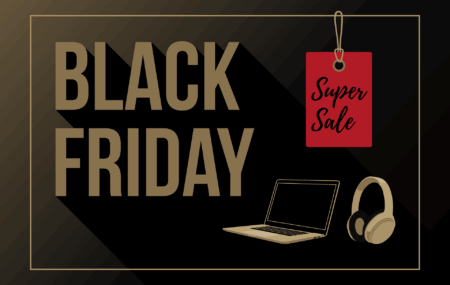Digital audio consumption is growing in the UK and even though traditional broadcast radio still dominates in terms of overall market share, digital audio is increasing. The rise in digital audio is partly driven by new inventory supplies such as podcasts, devices such as home assistants, and new ad formats and products, which has led to a growing interest and thereby also the potential of digital audio advertising.
Looking at audio vs traditional radio consumer behaviour, there are some significant differences between the older and younger audience segments, with online streaming and music indexing higher amongst the younger demographics, with podcasts consumptions increasing as well.Source: IPA Touchpoints
All Response Media viewpoint
Looking at the audio landscape, there are quite a few different suppliers, offering different products and formats and with some overlap, but from an All Response Media point of view, we tend to group them into three sub-categories:
- Streaming
- Online broadcast radio
- Podcast
Streaming is the biggest in terms of market share with c. 15.4 million weekly listeners (MIDAS Winter 2019). In terms of suppliers, Spotify is the biggest, followed by Deezer, Apple Music, Tidal and most recently with YouTube Music.
Online broadcast radio closely follows with c. 14.8 million weekly listeners (MIDAS Winter 2019) and the majority of inventory is bought across DAX/Global and Bauer, which are both basically the online counterparts of the traditional radio suppliers, including stations such as Capital FM, Kiss, Heart etc.
When it comes to ad formats, across both streaming and online broadcast radio, it is possible to use the same ad/spot as for traditional radio. However, as there are more sophisticated targeting options in terms of sub-audience groups, interest, age and geo-targeting, there is also an option to customise the ad for audio.
Podcasts have c. 9.4 million weekly listeners (MIDAS Winter 2019) and differ slightly in terms of ad formats as there are more options.
Podcast formats include:
- Podcast spot ads, where traditional radio spots can be used.
- Podcast host/producer reads, where a script is developed with the supplier, which is read out by the host of the podcast.
- Podcast sponsorships, which is a more long-term partnership and can include multiple formats but also significantly more expensive.
In terms of suppliers, there are a few key podcast suppliers in the UK, with Acast having the most inventory, followed by Podfront and Audioboom. However, podcast activity can also be bought via suppliers such as DAX, Bauer and Spotify but with less inventory.
When planning audio, same as for other media channels, it’s crucial to understand your audience and their media consumption. The target/key performance indicators (KPIs) for a specific campaign is also important when choosing the right activity as well as the formats. In terms of costs, traditional radio is still significantly cheaper and with wider reach. It is therefore important to determine if your campaign aims to get reach, shift consideration and/or drive sales.
Audio is ideal to be able to target a specific audience and can be running on its own or alongside traditional radio and a wider media mix. There are multiple options with audio and speaking to all the main suppliers, they all report back that their reach and listening have increased since the lockdown.
Regardless of how you choose to test audio, there are ways to make your budget stretch further and if you are interested, don’t hesitate to contact your ARM account team.
Read more information on the radio services.
 3 min read
3 min read 14 May, 2020
14 May, 2020 by
by 

















